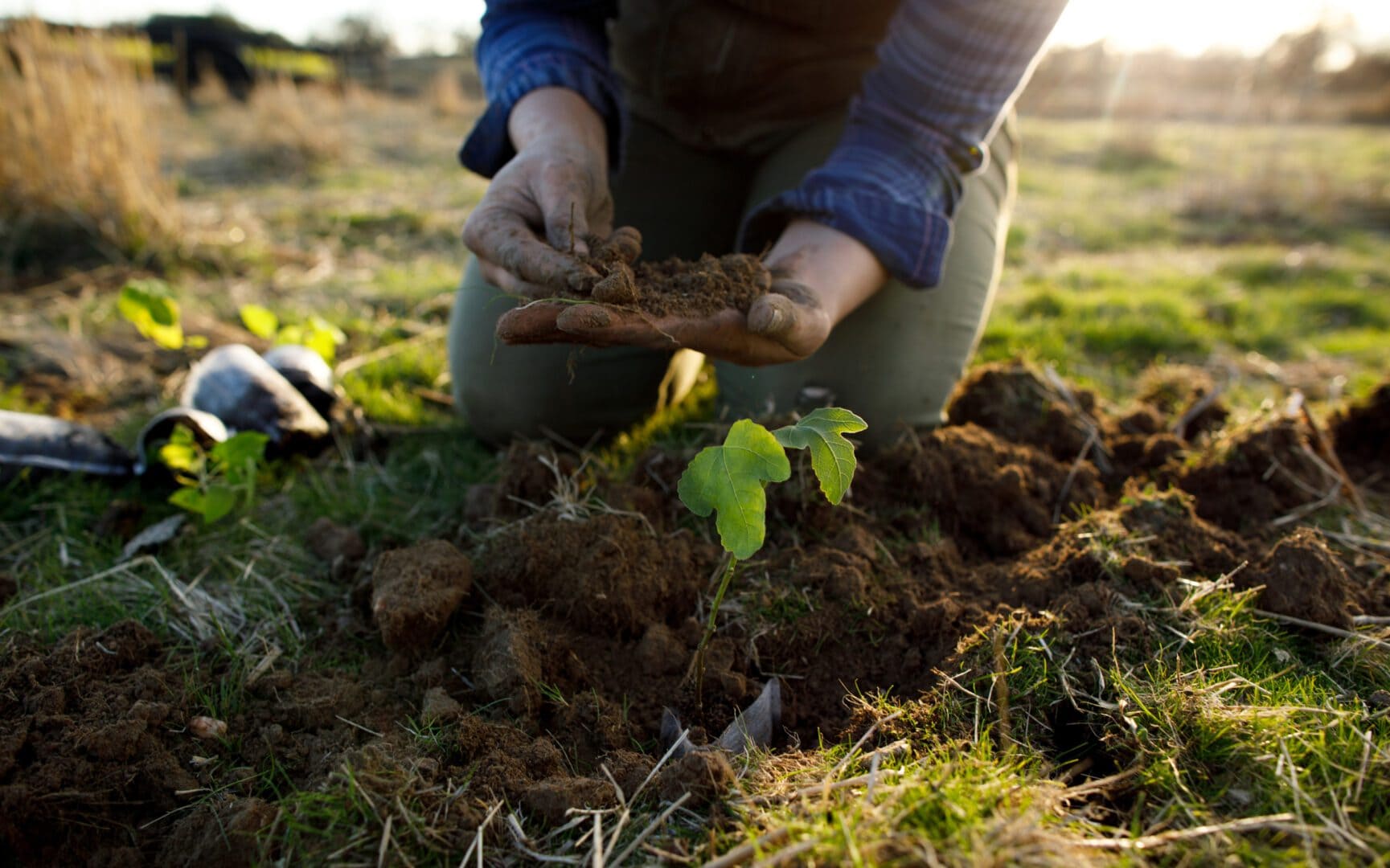
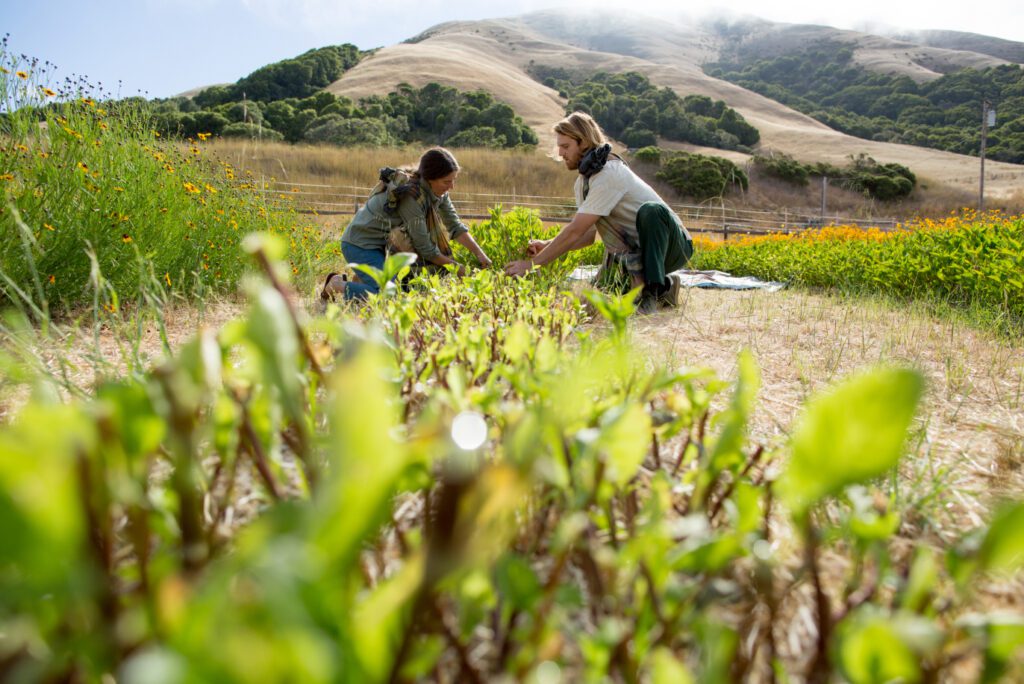
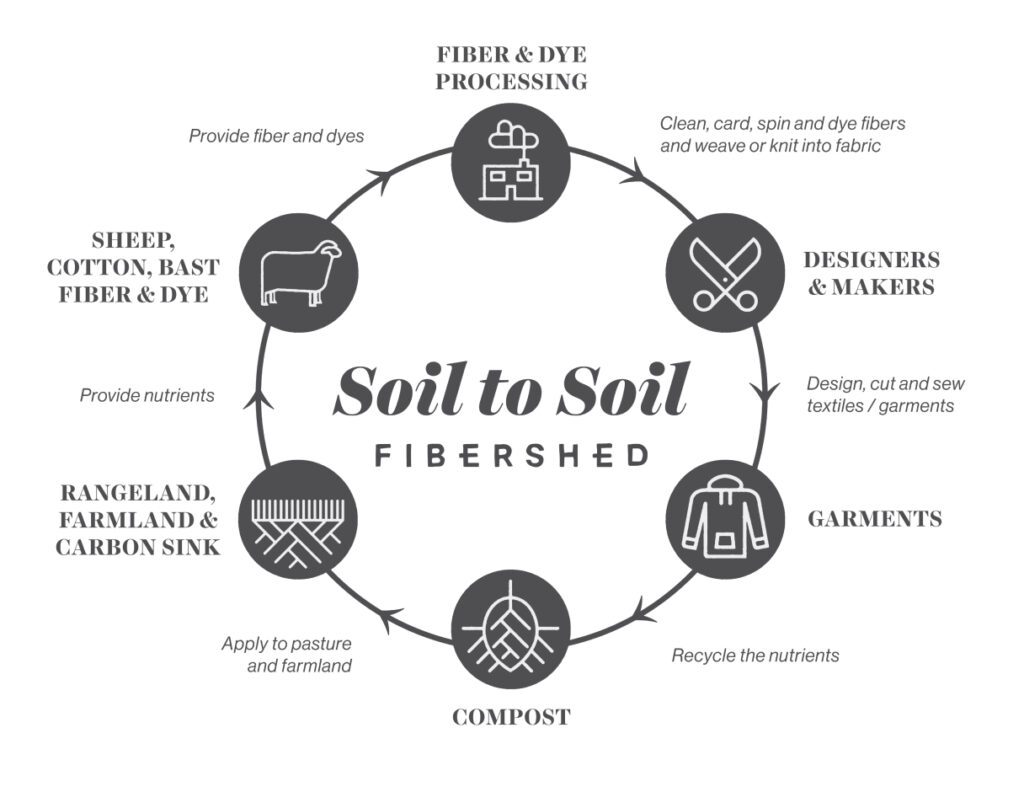
Nature is full of cycles. Plants and animals are born, grow, reproduce, and die, returning to the earth from which all life springs. The carbon cycle moves molecules through and between ancient carbon pools on the planet, including oceans, plants, soils, and the atmosphere. One vital carbon flow in particular is the movement of carbon dioxide from the air into a plant leaf, then to roots and soil, before a portion returns to the sky. Nature cycles and recycles, returning organic material to its source – the soil – to start again. We are increasingly aware that there is no way to “throw away” what we make — there is no “away.” Yet through decomposition, our materials can nourish new life.
Picture a hungry herbivore consuming plants in a meadow, turning the carbon into various types of protein, including the animal’s coat – wool for example. The wool is then shorn, processed, and dyed with natural colors, thus becoming yarn. Soon it is made into a sweater. After many years of repeated use, the sweater containing that original carbon molecule ends up in a compost pile, gently decomposing. Eventually the finished compost finds its way to a garden, farm, or rangeland where it feeds the soil microbes that help to maintain a healthy plant community, and so begins the cycle again.
NATURE CYCLES AND RECYCLES, RETURNING ORGANIC MATERIAL TO ITS SOURCE—THE SOIL—TO START AGAIN. WE ARE INCREASINGLY AWARE THAT THERE IS NO WAY TO “THROW AWAY” WHAT WE MAKE—THERE IS NO “AWAY.”
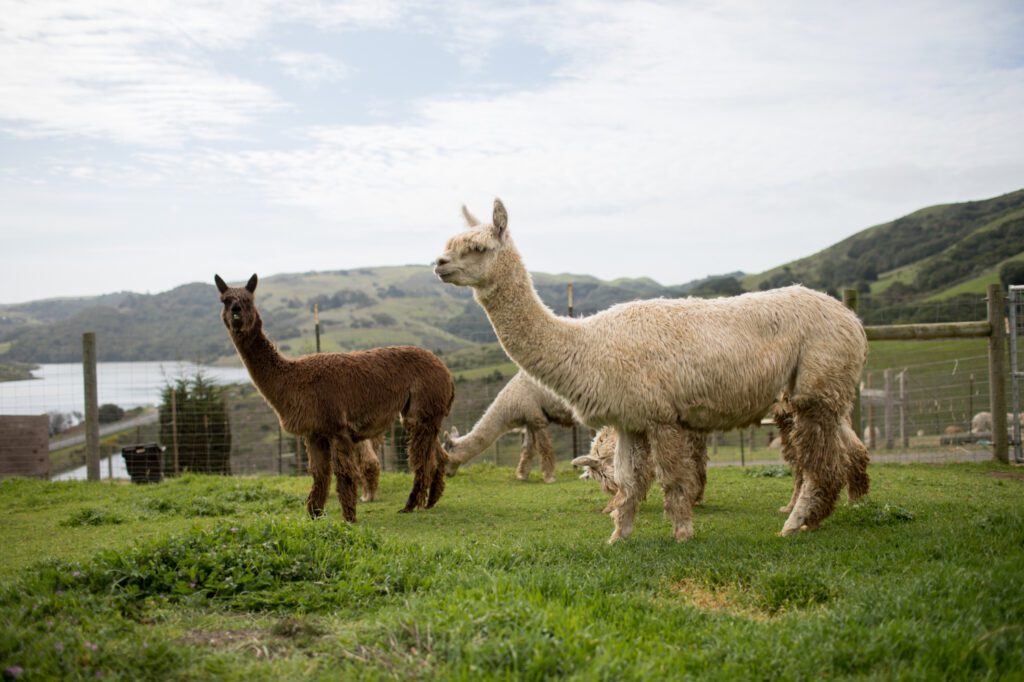
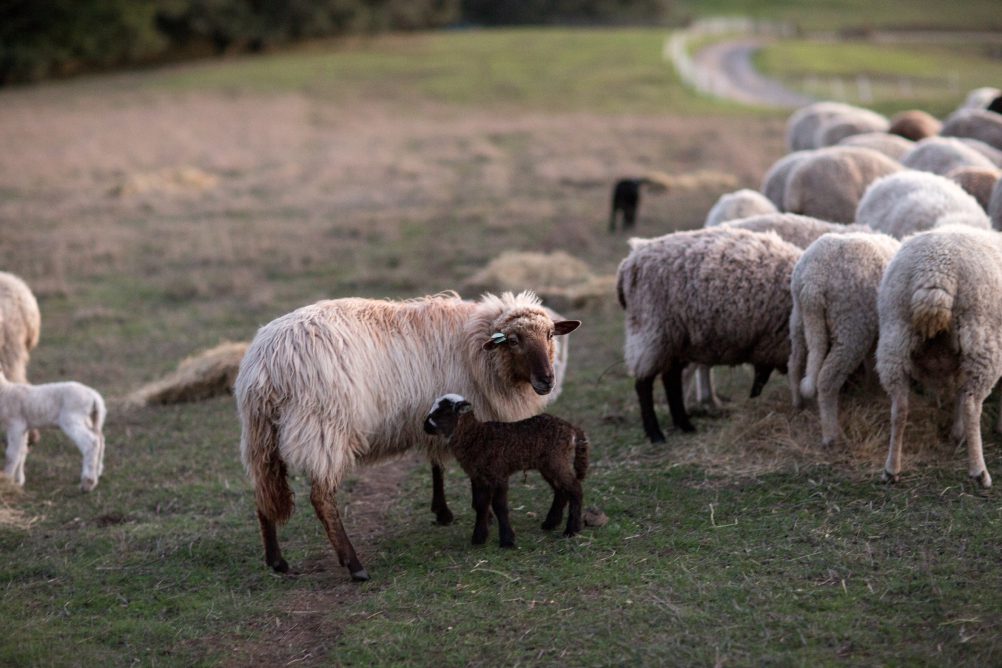
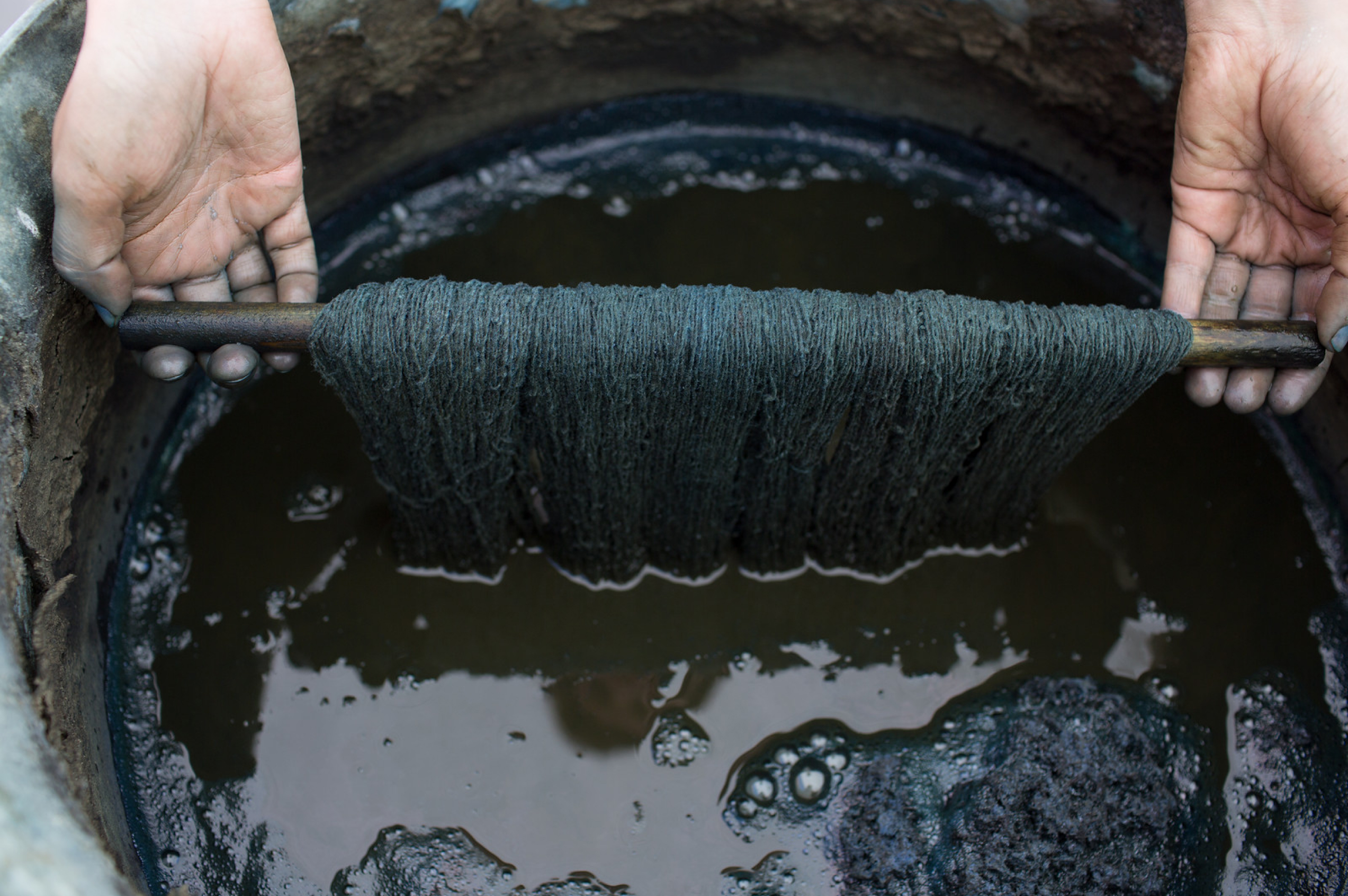
THE SOIL IS ONE OF THE FIVE GREAT CARBON POOLS ON THE PLANET. THE PLANETARY EBB AND FLOW AMONG THESE POOLS OVER SHORT AND LONG PERIODS OF TIME FORMS THE ESSENCE OF THE NATURAL CARBON CYCLE.


When we consider our clothing choices, we often make decisions based on color, size, and style, not on the carbon pool from which a piece of clothing originates. But the ultimate source of our clothes makes a huge difference. We should be considering clothing in the context of the following questions: Are our clothes designed to return to the carbon pool from which they came? Can we compost our clothes and return them to the soil? Then we must discontinue our part in the production of carbon dioxide emissions by divesting heavily from fossil carbon sources of clothing: virgin acrylic, nylon, and polyester, as well as synthetic dyes and finishing agents. Once we regain our focus on natural fiber systems the opportunity to restore carbon to our soils becomes a reality.
The soil is one of the five great carbon pools on the planet. The planetary ebb and flow among these pools over short and long periods of time forms the essence of the natural carbon cycle. Since the Industrial Revolution, our energy systems and agricultural systems have released excess carbon into the atmosphere, through the continuous burning of coal, oil, and natural gas deposits and through the loss of soil carbon with heavy tillage and other methods that disrupt the soil ecosystem. This carbon imbalance is driving climate chaos that is now part of the lived experience for many people around the world. We need to stop contributing more carbon to the atmosphere, but for a safe and healthy planet, we need to contribute to removing the legacy load of atmospheric carbon. In food and fiber production systems, land stewardship practices can be layered into production models to measurably contribute to this goal. We call this carbon farming, because these place-based activities enhance the flow of carbon from the atmosphere and into soil and plant life. Many of these practices have been recognized for generations of farmers as soil and water conservation practices. Long before that many practices root in Indigenous teachings of producing food and fiber while regenerating life in the ecosystem. Our food and fiber systems are intertwined, sharing land in our communities, supporting livelihoods from farming to processing and creating, and experiencing threats of climate instability from water shortages to wildfires. When we connect to the soil-to-soil systems in our home communities, we can work together to take responsibility for the impacts of our essential needs, and support the regeneration of resilient ecosystems.
Fibershed is a registered 501(c)3. Fibershed develops regional fiber systems that build soil and protect the health of our biosphere. For more information on how you can get involved, visit: www.fibershed.org
